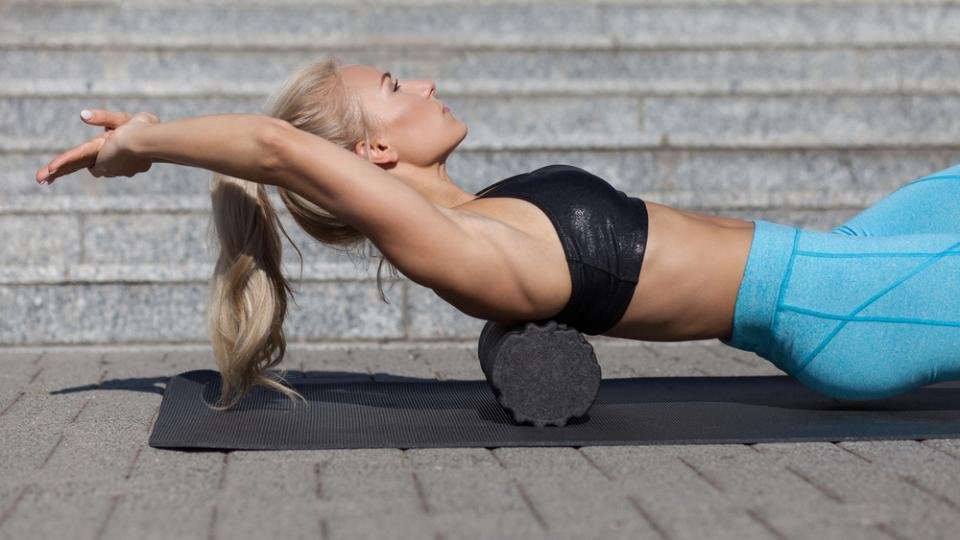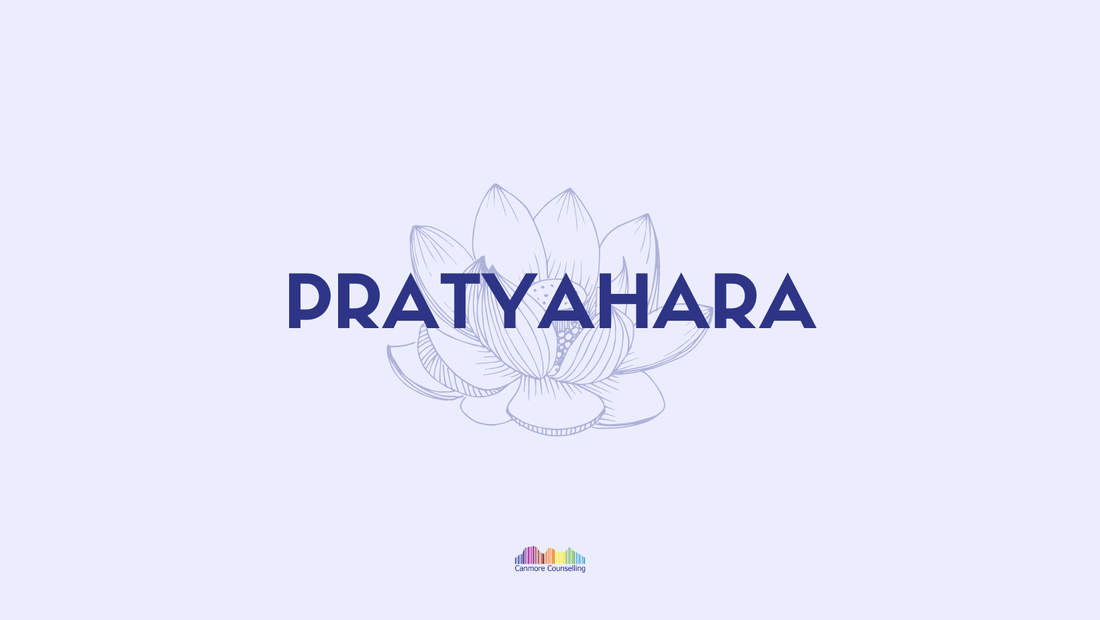
Yoga has many therapeutic uses, which can be found across all disciplines, such psychology, medicine, and arts. Modern medicine is efficient in treating physical disorders and illnesses. However, it's limited effectiveness when it comes addressing the emotional and intellectual layers of a person’s personality. In addition to the benefits of physical health, yoga also promotes inner well-being, which is closely linked to mental and emotional well-being. An experienced yogin can use yoga to treat a variety of conditions including anxiety, depression, and panic attacks.
Yoga is a holistic practice that incorporates the whole person into the healing process. The Pancha Maya Kosha Model is a way for therapists to consider the physical body and other layers of health. Many yoga therapists are trained in a biopsychosocial model, which focuses on the mind as a source of pain. Regardless of the underlying ailment, a healthy mind-state will make the healing process more effective and shorter.

There are many health benefits to yoga as therapy. It improves one’s physical, emotional, as well as spiritual health. The ultimate goal of therapy is to achieve optimal health. Yoga can be used to help with both physical and mental ailments. Yoga can have a therapeutic impact on your mental and bodily well-being. Many people find that meditating can help them achieve the highest quality of their lives.
Yoga as therapy has many more benefits than the mental and physical ones. There are many benefits to yoga as a therapy for health and well-being. It can even improve a patient's quality of life. As a form therapy, yoga can reduce stress, alleviate depression, and lower blood pressure. Yoga can be used as an alternative medicine. However, it is not meant to be a treatment. For more information, visit a qualified yoga therapist.
Yoga therapy can improve circulation and blood flow. An increase in circulation means that oxygen rich blood can reach all organs and tissues. This prevents strokes, heart attacks, and other serious health problems. It also lowers resting heart rate and increases endurance. This in turn promotes weight gain and decreases binge-eating. A patient will also have an easier time adjusting to a new lifestyle when practicing yoga.

Yoga can be used as a therapy to help with anxiety and stress. Yoga can help people manage their stress levels. This is an important part of holistic treatment. Depressed people can also benefit from the therapeutic benefits of yoga. This type of meditation is great for relieving pain. To alleviate anxiety or depression, you can try a meditation class or a Yoga class. Yoga can be helpful depending on your individual condition.
FAQ
Which dietary supplement can help you lose weight?
You need to exercise and diet in order lose weight. Some people find certain supplements helpful.
Some studies suggest that omega-3 fatty acids may help with weight loss. Omega-3 fatty acids are essential fats that are vital for brain function, cell membrane integrity, and other functions. They can be found in seafoods like salmon, tuna or shrimp, as well as cod liver oil.
Research suggests that green tea may be beneficial in weight loss. Green tea contains catechins. These antioxidants may be able to increase metabolic rate and encourage weightloss.
Is it possible to drink alcohol while training?
Yes. Alcohol can increase energy expenditure and speed up recovery, as well as reduce soreness.
Also, alcohol increases insulin sensitivity which makes it easier to absorb glucose.
However, alcohol can lead to dehydration that can slow down your metabolism. Alcohol can also lower testosterone production, which could lead to a decrease in muscle-building potential.
Women shouldn't consume alcohol before exercising. Women who drink heavily should wait at the least 24 hours before exercising.
It is important that women who are nursing avoid alcohol.
Men should limit their intake to one drink per day.
What is the best 7-day workout program?
A seven-day program should include three days of cardio training (running, biking and swimming), two strength exercise (using free weights or weight machines) and one flexibility/core work out (yoga, Pilates). Each activity must be completed at least once per week. The total time for each session should not exceed 45 minutes.
Cardiovascular Exercise: Running/Biking/Swimming
The goal is to get in at least 60 minutes of cardio activities per week. To achieve the best results, aim to exercise for at least 75 minutes each week. Cardio exercise can improve blood flow and stimulate muscle development.
Strength Training
Cardio exercises target the heart, lungs and muscles. Strength training targets the muscles, tendons and bones. Strength training helps you burn calories even while resting.
Flexibility & Core Workouts
Flexibility and core workouts are great ways to strengthen your entire body. Both yoga and Pilates are excellent options.
What Is The Best Way To Lose Weight?
Losing weight is easier said than done. Many people give-up easily because they don’t have the right information.
However, there are some simple steps that you can take to shed those extra pounds.
First, make sure you eat less calories than you burn. You will gain weight if you eat more calories than you burn.
The second is to get regular exercise in order burn those calories. You have the option of doing jogging or walking or cycling, as well as dancing.
Third, you need to stop drinking alcohol and smoking cigarettes. These habits make it more likely that you will consume more calories than you would normally.
Fourth, it is important to reduce the consumption of junk food and fatty foods. You can replace them by healthier choices such as fruits, vegetables or lean meats.
Fifth, you need to change your lifestyle and adopt new habits. You might need to get up earlier every morning to do some exercise before going to work.
Sixth, you must be disciplined and follow your diet plan.
To burn extra calories, you can also join a gym or take an aerobics class.
These simple tips will help you quickly see results.
Do I have the obligation to exercise every day or just on occasion?
No! Do at least 30 minutes of moderate intensity physical activity five days a week. This means that you should be able to walk fast enough to feel slightly out of breath, or bike hard enough to sweat.
What is butter good for?
Butter is one the most nutritious sources of saturated oils. This type is beneficial for healthy skin and hair as well as stronger bones.
Vitamin K, found in butter is an antioxidant that prevents bleeding from cuts. Vitamin K and vitamin C work together to prevent bruising.
Butter is also rich with minerals, such as calcium and phosphorous. These elements are good for teeth and bones.
Butter is not without its flaws. Butter contains high levels of cholesterol. Studies show that too much cholesterol can increase your risk of developing heart disease.
Butter is also high-fat, which can contribute to obesity and increase cholesterol.
However, if you must have butter, try spreading it on bread rather than dipping it into soup or salad. Bread absorbs less oil than pasta and potatoes.
Statistics
- Cardmembers earn 5% Back at Amazon.com with a Prime Credit Card. (amazon.com)
- Get free shipping and 25% off today. (healthline.com)
- According to the American Academy of Dermatology (AAD), men over 50 are at a heightened risk of developing it. (healthline.com)
- According to the American Heart Association, blood pressure should be checked at least once every two years, beginning at age 20. (my.clevelandclinic.org)
- Are You One of the 20% of Guys (mh.co.za)
External Links
How To
How can a man lose weight in just 30 days.
Breaking down fitness goals into manageable steps will help you reach your fitness goals.
It is important to work towards your goal every day. This could be anything from running 3km to doing 10 pushups in 5 minutes.
This will ensure that you see positive results if you practice it consistently over time.
You must be consistent. Keep at it until success!
What is the difference between Aerobic Fitness (or Anaerobic Fitness)?
Anaerobic fitness refers to the ability of our bodies to perform intense physical work without oxygen. Anaerobic pathways are used when there is intense exercise to provide sufficient energy. Anaerobic pathways include glycolysis and creatine phosphate.
Cardio fitness is, in contrast to aerobic fitness, the practice of sustaining low-intensity exercise. While performing aerobic exercises, oxygen is used as the primary source of fuel for the cells. In other words: The aerobic pathway gives more energy than that of the anaerobic.
To run a marathon you need to first increase your aerobic capacity. If you concentrate on building your anaerobic capability, you won’t be able complete the race.
Aerobic fitness is also referred to as cardiovascular fitness. The most common methods of determining cardiovascular fitness are step tests and VO2max testing.
Test VO2 Max
The maximum amount of oxygen (O2) the body can use during exercise is called VO2 max. This test measures the body's ability to use O2 while exercising.
This test can measure your cardiovascular fitness accurately. The test is difficult to administer because it requires expensive equipment.
Step Tests
Step tests are a simple but effective way to measure cardiovascular fitness. These are based on your weight and age, they require you to run or walk on a track.
These tests are inexpensive, easy to conduct, and can be done almost anywhere. You could, for instance, run on a treadmill for two minutes, rest for one minute, and then go back to the starting point for 20 minutes. You should maintain a constant heart rate throughout the session.
This method is called the Bruce Protocol. Bruce, himself a runner, created this protocol after realizing that he would not feel his heart rate increase when running longer distances.